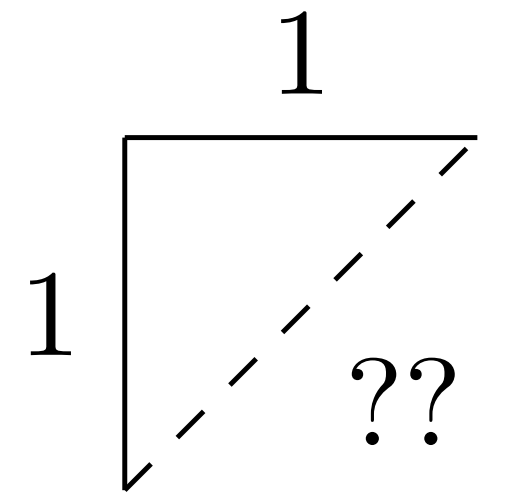Definition 1.1.1.
The field axioms are
- AC
- For any \(a,b\text{,}\) \(a+b=b+a\text{.}\)
- AA
- For any \(a,b,c\text{,}\) \(a+(b+c)=(a+b)+c\text{.}\)
- AId
- There is a number \(0\) so that, for any \(a\text{,}\) \(a+0=a\text{.}\)
- AIn
- For any \(a\text{,}\) there is number \(-a\) so that \(a+(-a)=0\text{.}\)
- MC
- For any \(a,b\text{,}\) \(a\cdot b=b\cdot a\text{.}\)
- MA
- For any \(a,b,c\text{,}\) \(a\cdot(b\cdot c)=(a\cdot b)\cdot c\text{.}\)
- MId
- There is a number \(1\) so that, for any \(a\text{,}\) \(a\cdot 1=a\text{.}\)
- MIn
- For any \(a\neq 0\text{,}\) there is number \(a^{-1}\) so that \(a\cdot (a^{-1})=1\text{.}\)
- MDA
- For any \(a,b,c\text{,}\) \(a\cdot(b+c)=(a\cdot b) + (a\cdot c)\text{.}\)
- ND
- \(0\neq 1\text{.}\)

